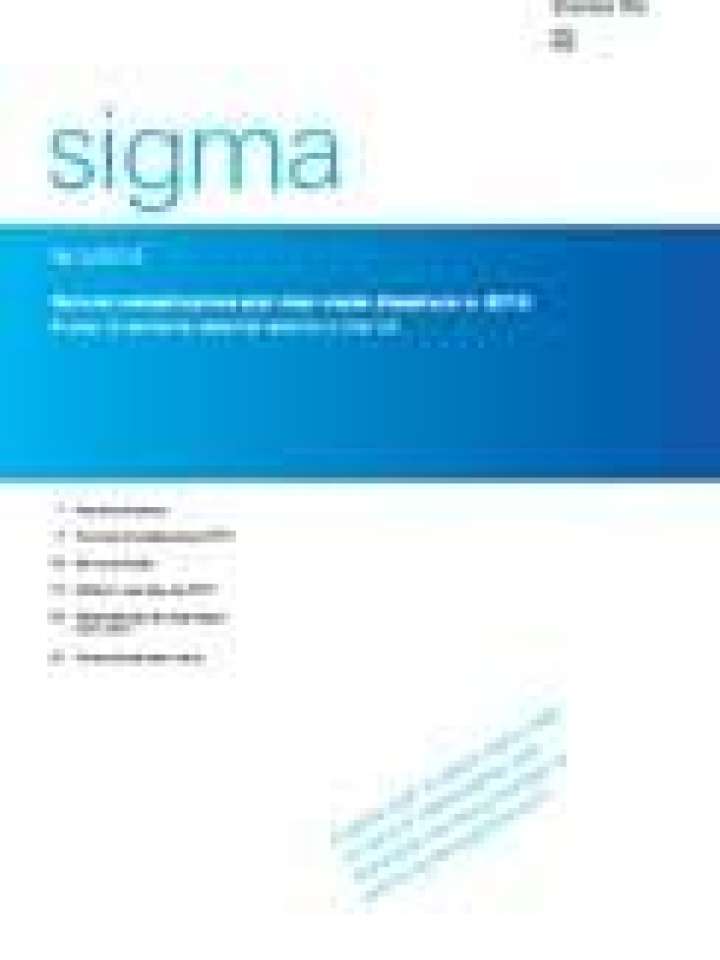Natural catastrophes and man-made disasters in 2012: a year of extreme weather events in the US
Sigma 2/2013:
This study reports on the worldwide economic losses from over 300 natural catastrophes and man-made disasters recorded in 2012 and the cost to the global insurance industry. It specifically analyses the catastrophes cost to society, the insured losses and the gap between insured and non-insured economic losses, which points to a widespread lack of insurance.
After Typhoon Bopha, which killed more than 1900 people after making landfall in the Philippines, a cold snap that affected much of the European continent at the beginning of the year claimed the lives of over 800 people. Flooding in Pakistan led to a further 455 deaths, and an earthquake in Iran accounted for 304 victims. This issue features a special chapter on Hurricane Sandy which investigates the factors that caused the devastation and the insured losses that followed. A combination of large affected areas, a high concentration of property values and high insurance penetration all contributed to the large insured loss resulting from the storm.
This issue reveals that natural catastrophes and man-made disasters in 2012 caused economic losses of USD 186 billion with approximately 14 000 lives lost. Large scale weather events in the US pushed the total insured claims for the year to USD 77 billion, which is the third most expensive year on record. This amount is still significantly lower than 2011, when record earthquakes and flooding in Asia Pacific caused historic insured losses of over USD 126 billion, the highest ever recorded.
Explore further
